The Simple Case For Why Physics Needs A Particle Collider Beyond The LHC

Not building one means giving up on brute force. We’re not yet ready to do that.
There’s a problem with the field of high-energy physics, and it’s the biggest one imaginable. On the one hand, we have the Standard Model of particle physics: a quantum field theory that describes the particles of the Universe and how they interact. From nuclear reactors to radioactive decays to cosmic particles to high-energy accelerators, the Standard Model has passed every experimental test ever devised.
On the other hand, the Standard Model doesn’t explain everything that we know must exist. Dark matter, dark energy, the values of the fundamental constants, and the origin of why our Universe is made of matter and not antimatter are all outstanding, unsolved puzzles. When the Large Hadron Collider (LHC) turned on in 2008, it was designed to find the Standard Model’s last holdout: the Higgs boson. But no other mystery has yet been solved. Some contend this means another collider won’t be worth it. In reality, it means we need one now more than ever.
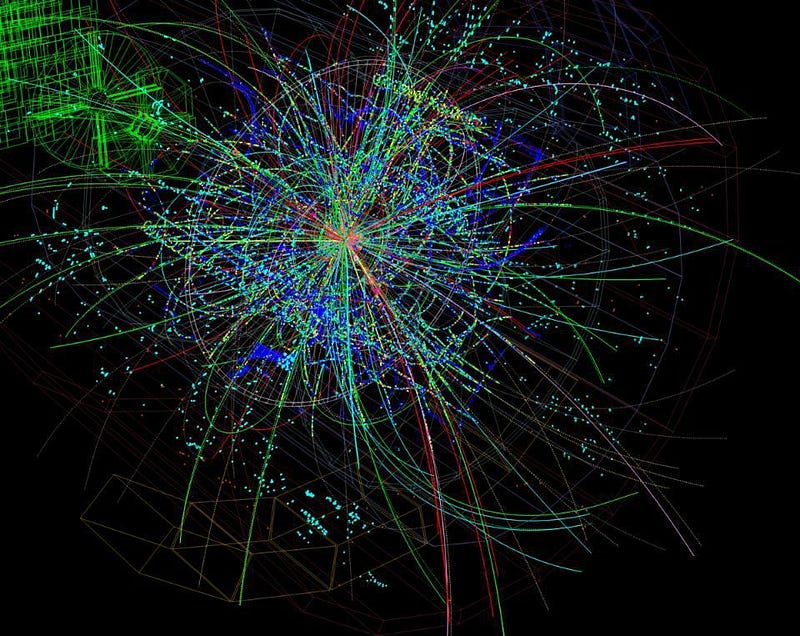
Very simply, there are a few rules to creating and measuring the properties of every particle we know of. All you need is an interaction between any two pre-existing particles where:
- enough free energy is available to create new particles (and antiparticles) via Einstein’s E = mc²,
- all the quantum conservation rules (electric charge, color charge, spin, angular momentum, etc.) are obeyed,
- and the interaction you attempt to create your particles (and antiparticles) through is permitted by the Standard Model.
By adhering to this formula, our high-energy colliders, both past and present, have managed to not only create every single particle predicted to exist as part of the Standard Model, but we’ve been able to measure their physical properties.
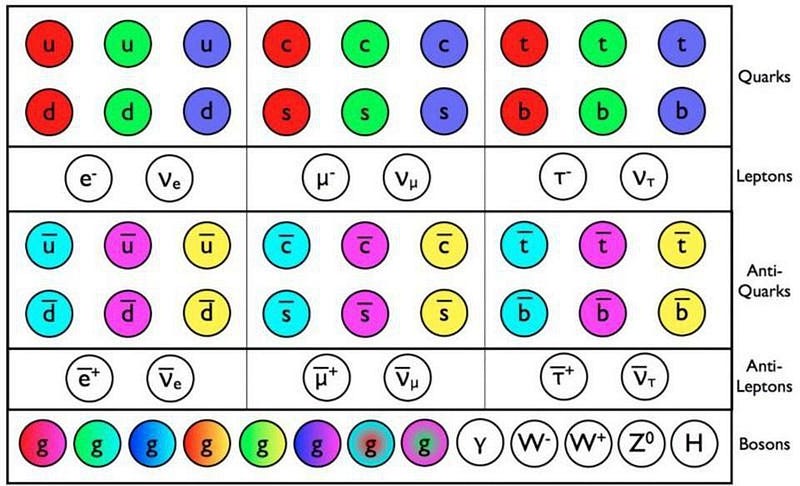
When you think of physical properties, you probably think of things like mass, charge, size (if applicable), spin, and so on. These are certainly important components of a particle’s properties, but it isn’t an exhaustive list. Most particles, because of the interactions that are allowed (and forbidden) by the Standard Model, aren’t stable indefinitely, but have a finite lifetime, after which they will decay.
Because of the rules of quantum physics, there isn’t a surefire, unique answer to the question of “when will this particle decay, and what will it decay into?” Instead, all we have are a set of probabilities. We can quantify a particle’s mean (average) lifetime, its possible decay pathways, the probabilities associated with each one, etc. If we have the right theory of physics, our predictions for these properties should match the experimental results we get from collider-like experiments.
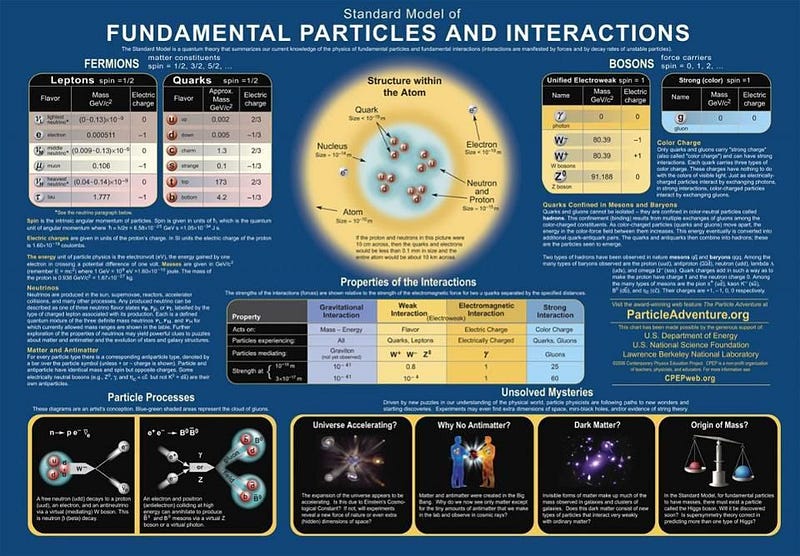
Only, we know that the Standard Model cannot be correct in an absolute sense. Sure, it appears to be an approximately-correct version of a deeper, more fundamental theory, in a way that no experiment has ever refuted or led us to question. But the necessity of new particles, fields, and/or interactions to completely describing the entirety of the known Universe cannot be denied.
Whatever the ultimate truth to our physical reality may be, the Standard Model cannot be the full extent of it. There must be more out there. The big question is this: how correct is the Standard Model? Will we see new particles if we go to 10, 100, or 1000 times the energies we presently can? Will we see departures from its predictions in the 3rd, 5th, or 9th significant digits of particle decays and lifetimes? Or will it be Standard Model as far as our capabilities can take us?
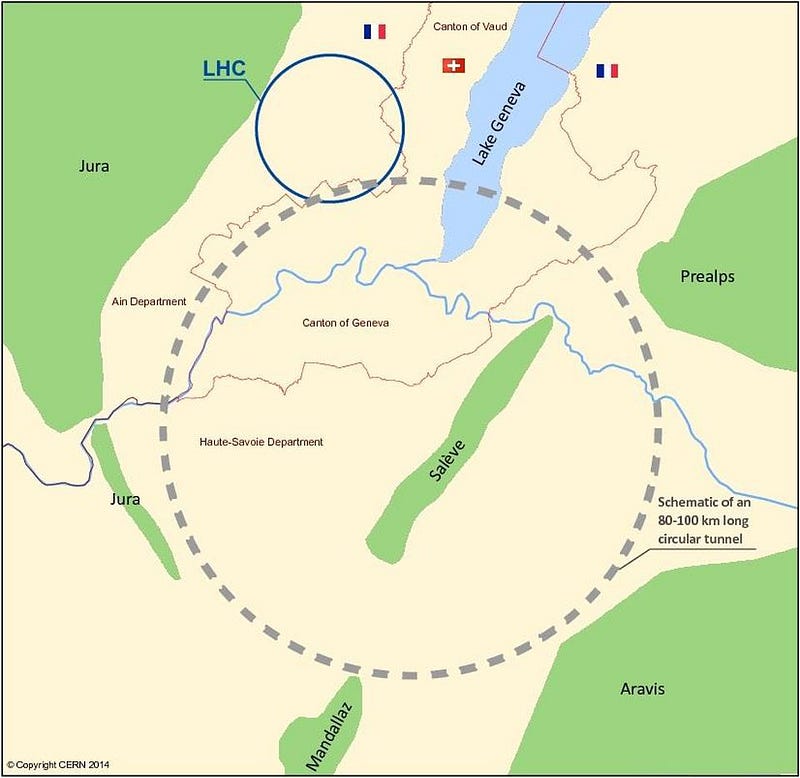
The LHC, so far, has been absolutely incredible as far as experiments go. In addition to revealing the final holdout in the Standard Model of elementary particles — the Higgs boson — it’s also probed the energy frontier to higher values than ever before. The heaviest particle in the Standard Model is the top quark at approximately 175 GeV/c²; the LHC has probed up to energies nearly 100 times as high.
If there are new particles to be found, with energies ranging up to approximately 7,000 GeV/c², the LHC has the capacity to find them. If there are deviations from the expected, Standard Model-predicted behaviors to be found within the known particles, the LHC has the capacity to probe for those as well. Yet with an unprecedentedly large number of collisions at energies never achieved in a laboratory before, everything agrees with the plain old Standard Model alone.
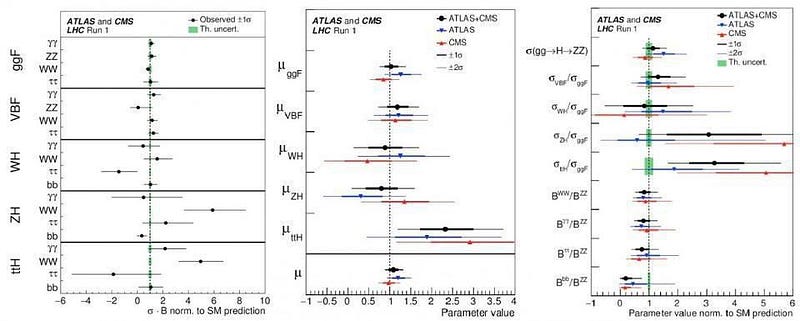
This isn’t a disaster for particle physics, but it is disappointing. In the past, when we’ve pushed the energy frontier to new territory, we’ve not only discovered the particle or phenomenon we were looking for, but also additional surprises or novelties that have provided new insights into the fundamental nature of reality. Not so with the LHC.
The Higgs boson appears to be the garden-variety version as predicted by the Standard Model, with no variations in its decay rate, lifetime, mass, width, or branching ratio. The other Standard Model particles, too, when subject to this new level of scrutiny, appear to illustrate how correct the Standard Model is, with no departures. The only hints of new physics have been apparitions, proving themselves to be mere random fluctuations in the data, consistent with the Standard Model.
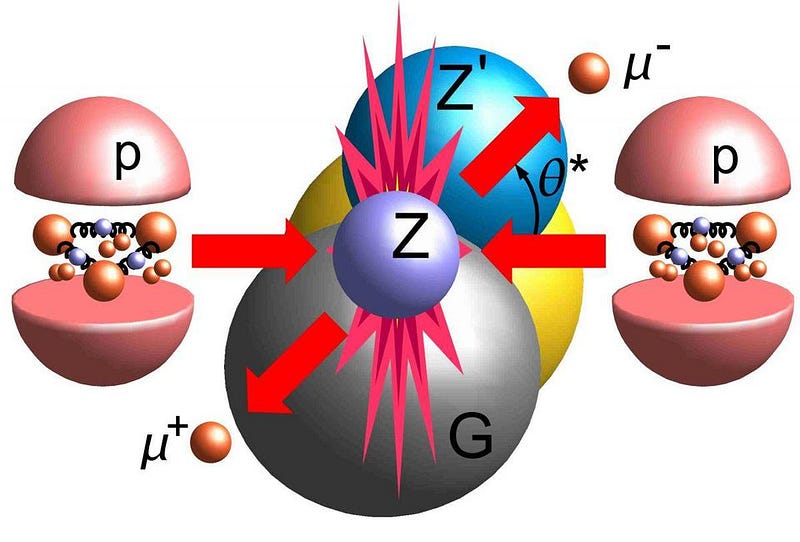
The big, existential question facing the field is, “where do we go from here?” There are two main paths to take:
- The brute force path, where we increase the energy of collisions, the number of collisions, and the number of each type of Standard Model particle we can create in order to better observe their decays, branching ratios, lifetimes, etc.
- The finesse approach, where specific experiments are performed to look for phenomena that might lead to hints of physics beyond the Standard Model elsewhere, such as in neutrino oscillations, quark-gluon plasma conditions, or other exotic scenarios.
The finesse approach will be taken regardless; experiments like LSND, MiniBOONE, DAMA/CoGENT and more are already doing exactly this. The question before us is whether we will build a new, future collider that will take us beyond the limits of the LHC.
https://www.youtube.com/watch?v=DaGJ2deZ-54
There must be new particles out there, and they might be detectable by pushing the frontiers of experimental particle physics. The options include new physics, new forces, new interactions, new couplings, or any slew of exotic scenarios, including those we have yet to envision.
As we peel back the veil of our cosmic ignorance; as we probe the energy and precision frontiers; as we produce more and more events, we’ll start obtaining data like never before. If there’s new physics in the 7th decimal place of a Higgs decay, or if the W+ has a slightly different decay branching ratio from the W-, a new collider is the only tool that will likely reveal this. The signatures of new particles can show up as a very small correction to the Standard Model’s predictions, and creating huge numbers of decaying particles, like heavy bosons or quarks, could reveal them.
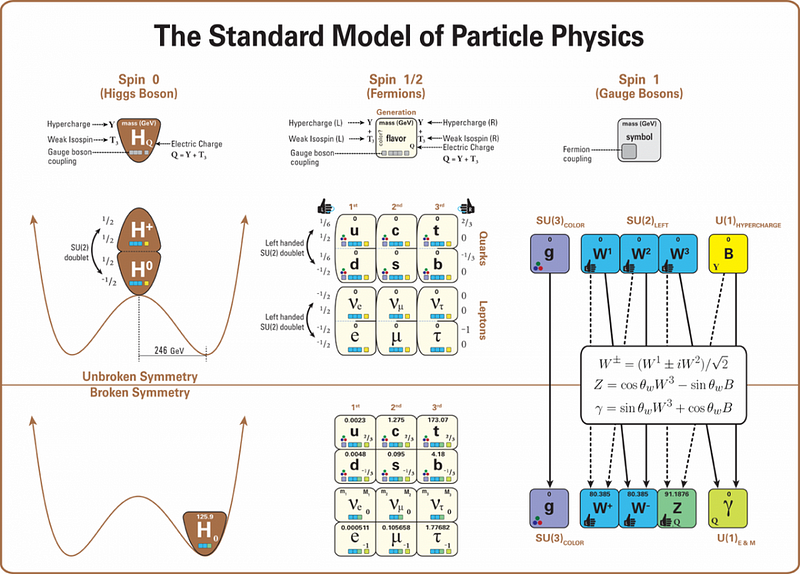
But if we decide not to build one, we’ll never know whether these new signatures of physics beyond the Standard Model are there to be revealed or not. It’s quite plausible that there’s nothing to find for many orders of magnitude in energy. While new particles, fields, and/or interactions are certainly present, they may not show up for factors of a million (or more) beyond what the LHC can probe.
The ultimate nightmare scenario in particle physics isn’t that the LHC won’t find anything other than the Higgs boson; it’s that there isn’t anything that humanity will be capable of finding with any collider we can reasonably build on Earth. Right now, at this point in time, we have the people, the knowledge base, and the infrastructure to make the attempt at a next-generation collider. If we pass up the opportunity before us in the coming years, we will likely never build the only machine that has a chance of taking us beyond the limits of what’s currently known.
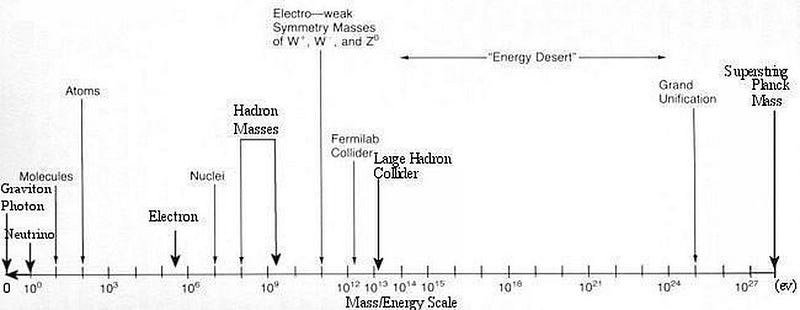
The LHC, of course, isn’t licked yet. It’s currently undergoing upgrades in both energy and luminosity, which will enable even greater numbers of collisions at slightly higher energies than it’s ever achieved. All told, the LHC has collected a mere 2% of the data it will ever take over its lifetime; there’s a factor of 50 improvement to be gained simply with more time and the planned schedule of upgrades. There’s a chance that, with more and better data, the LHC can reveal the great secrets of physics that will take us beyond our current limitations.
Whether it does or not, though, the only way to know what secrets nature truly holds is to look. If we fail to ask the Universe the most fundamental questions we can about its very nature, we assure ourselves that we’ll never learn the answers. Sure, a future collider, with a new tunnel, new detectors, new magnets, and a new data pipeline will be very expensive.
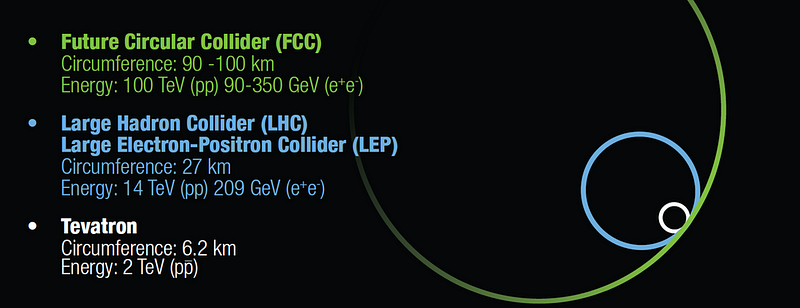
But how can you compare the cost of a new collider to the cost to humanity of not even trying to comprehend the great unknowns before us? There may come a day where we give up on what science can teach us, but today is not that day. So long as there’s a frontier to push in terms of energy, precision, or the amount of data we can collect, it is our duty as a curious species to push those boundaries as far as we possibly can.
The brute force approach isn’t the only one we should take, of course, just as surely as astronomers don’t invest everything in building a single telescope with as much light-gathering power as possible. But to abandon it now, after it’s taken us so far, would be the worst mistake we could make.
The low-hanging fruit may be gone, and we don’t know what may be up there in the tree-tops. We can build a cherry-picker good enough to take us there. Don’t you want a chance to taste the sweetest fruit of all?
Submit your Ask Ethan questions to startswithabang at gmail dot com!
Ethan Siegel is the author of Beyond the Galaxy and Treknology. You can pre-order his third book, currently in development: the Encyclopaedia Cosmologica.




